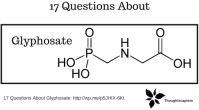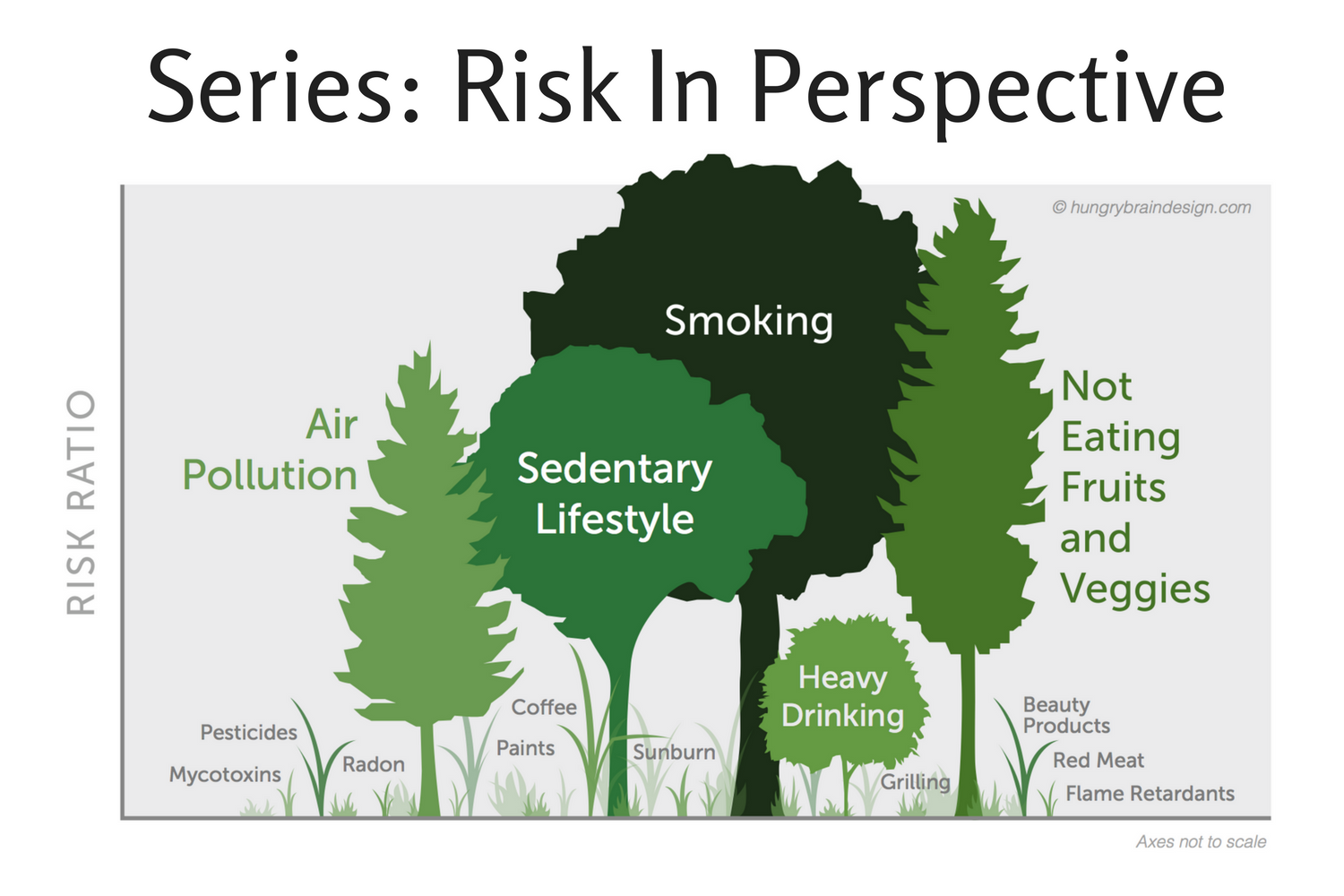I thought this was an interesting story to follow – it’s about Finland (where I’m from), and the connections between narcolepsy, influenza and the influenza vaccine.
The season 2009-2010 saw the global sweep of the Swine flu pandemic, which infected between 10 – 200 million and is estimated to have killed approximately 18 500 people. What was unusual was that many young and middle-aged people in good health were amongst the hardest hit. Interestingly, a study published in Nature Medicine indicates that young people were dying because of the excessive response of their own immune system –from an interview with the study author on Phys.org science news:
We found in 2009, the elderly had good immunity because they had seen a very similar virus sometime before 1957. Babies hadn’t seen many viruses at all so there was no trigger. It came down to the young adults – primed with an ineffective response. Their bodies already had defenses against previous influenza viruses that look like this one but weren’t close enough
Fortunately, the swine flu vaccine offered a good protection from the epidemic, with a meta review estimating it’s effectiveness at 69 %. In the Nordics, however, a special scare arose around the vaccination. There were indications for an increased risk of narcolepsy for children that were vaccinated against the H1N1 with the Pandemrix vaccine in Finland and Sweden. Strangely, reports from the rest of the EU were restricted to a few isolated cases.
In Sweden (where I have lived and studied), 12 cases of narcolepsy with possible connection to vaccination were reported by 2010. 2011 Swedish study however found no significant connection:
Small numbers of children and adolescents with narcolepsy precluded any meaningful conclusions.
But in Finland, my home country, the rates of narcolepsy roughly doubled, from 50 or so a year during the previous period 2006-2009, to about a hundred a year between 2010 and 2011. Because of this marked increase, the vaccine administration for children was discontinued unless they were found to be especially at risk from the swine flu. I’m including reference pages on these statistics from national health authorities here in Swedish and in Finnish.
Many parents were understandably worried and upset, and blamed the medical companies and health authorities for bringing the vaccine to the market too quickly. So did the vaccine cause narcolepsy in these children? And how? This is where it gets interesting.
Not vaccinating could increase narcolepsy risk, because flu itself can trigger it
The H1N1 and other influenzas themselves were in fact found to be associated with increased risk for narcolepsy, possibly more so than the vaccine, which in other studies was found to carry no such risk. A recent study of the Chinese population found that influenza itself is associated with higher risk for narcolepsy, as reported by Stanford Medicine:
“Together with recent findings, these results strongly suggest that winter airway infections such as influenza A (including H1N1), and/or Streptococcus pyogenes are triggers for narcolepsy,” Mignot, a professor of psychiatry and behavioral sciences, and his colleagues wrote in the paper.
Genetics probably play a role as well, and a person would have to have a predisposition to narcolepsy in order for the influenza – or the vaccine – to be able to trigger its onset:
… these winter infections appear to “initiate or reactivate an immune response that leads to hypocretin cell loss and narcolepsy in genetically susceptible individuals.”
It turns out that there is a specific part of the 2009 flu virus (also used in the vaccine at that time) that is similar to the body’s own protein that connects to the cause of narcolepsy, as reported by New Scientist:
Part of a surface protein on the pandemic virus looks very similar to part of a brain protein that helps keep people awake. When a person’s immune system learns to recognise and fight the virus, it mistakes the brain protein for an invader, too. The discovery could make flu vaccines safer and might also make narcolepsy the first autoimmune disease to have its complex causes picked apart.
Luckily now that the protein is known, it means that the corresponding part of the virus can be excluded from the vaccines. And looking at the data, it seems that even during the 2009 epidemic, avoiding the vaccine in fear of narcolepsy may have been a risky move. Skeptical raptor crunches some numbers from swine flu studies:
Rate of hospitalization in children for H1N1 was around 83 per 100,000, a risk far above the narcolepsy risk. The risk of death of children who caught H1N1 was around 3 per 100,000, still way above the potential risk of narcolepsy.
During the past 2009-2010 vaccinations, with the possible exception of the Finnish population, the risk for a child to die from H1N1 was still higher (3/100 000) than the risk for narcolepsy (less than 2/100 000). The high incidence of narcolepsy in Finland that season remains intriguing at 1/16 000 of those vaccinated, and the Finnish authorities were good to take notice of this and slow down vaccinations to figure out what was happening.
An English study notes that warning parents about narcolepsy as a possible side-effect of vaccination may have caused a surge in people getting their children checked, resulting in a faster detection of cases, whether they were connected to the vaccine (or the epidemic) or not:
Because of variable delay in diagnosis, however, the risk might be overestimated by more rapid referral of vaccinated children.
Skeptical raptor on his analysis of the study above:
The most important statistic: the estimated risk attributable to the pandemic flu vaccine (in this study only) is between 1 in 57,500 to 1 in 52,000 vaccine doses, a significantly lower risk than was found in the Finland study (which was about 1 in 16,000 vaccine doses). Miller suggests that the either the population in Finland is more susceptible to narcolepsy, or the risk increased because of the higher vaccine use in Finland’s adolescents than in the UK.
Whether Finland was a statistical, genetic, or other bad luck anomaly, given the serious effects the H1N1 flu had on the younger population, on the whole it seems that vaccinating children with the H1N1 vaccine in 2009-2010 pandemic was well worth the risk of narcolepsy.
The WHO has made a review of the evidence and also concluded the following:
An increased risk of narcolepsy has not been observed in association with the use of any vaccines whether against influenza or other diseases in the past. Even at this stage, it does not appear that narcolepsy following vaccination against pandemic influenza is a general worldwide phenomenon and this complicates interpretation of the findings in Finland.
Well, I’ve always known we Finns were special. My daughters get their flu shots each year alongside myself. I’m happy to learn that we now know a bit more about narcolepsy and its relation to influenza, and that better understanding of that connection has led to the development of safer vaccines.



I have narcolepsy with cataplexy. I am HLA DQB1 06 02 positive and of Swedish and German ancestry. I would rather have the swine (or any) flu than have narcolepsy. Narcolepsy is much more debilitating and less successfully treated than the medical community let’s on.
LikeLike
Thanks for sharing Jennifer. I am sorry to hear that, and I believe you about how debilitating that can be. I’m happy the connection was found so the part of the virus that is similar to the narcolepsy-connected protein can be excluded from the vaccines. Unfortunately as it is the connection between the flu and narcolepsy can’t be helped, that is, the risk for narcolepsy may be higher after having the flu. Well the only help would be shielding people from the flu, and there the vaccines can help.
Hope they may discover a treatment that could help narcoleptics! I know there has been big advances in understanding its causes lately.
Thanks for stopping by!
Wish you all the best,
Iida
LikeLike
Pingback: Future (“long-term”) side effects from COVID vaccines are extremely unlikely | The Logic of Science